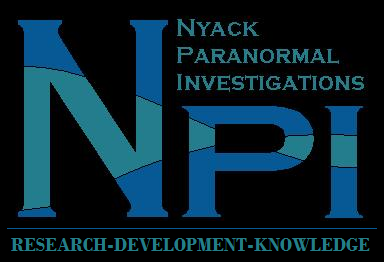|
My colleagues and I choose to challenge
theories and beliefs about the paranormal to find facts. It is
difficult to sit idle after years of investigation and research and
accept people’s delusions of evidence. We do not accept what is
learned by watching entertainment TV, whose techniques and conditions
set them up for success. We truly apply the scientific process
and critical thinking in our methods. We do not simply make this
claim because we own a meter and use it to detect something different
than its intended design. We analyze and test, experiment and
conclude, all the while remaining open minded yet skeptical, not
cynical.
There are many claims of paranormal events;
most can be explained one way or another as not being paranormal in
origin. Sometimes it is just photographic experience, knowing
how a camera works and sometimes a method can prove otherwise.
The debate about orbs
continues. I think the part of the community that believes in
orbs has been delinquent in proving their case. Simply believing
an orb is a spirit may be based on faith, but faith will not advance
the community and make sense of what people find on their ghost hunts
or real investigations, especially when they claim their methods are
based in science.
The burden of proof
lies with the ones making the claim.
Orbs are dust, moisture, bugs, or any small
item or particle that is captured in a flash picture that is too close
to the lens of the camera to be within the depth of field of focus.
It is an over-illuminated speck, out of focus because the camera is
focusing on the scene that is at least several feet away and to
infinity. Typically it’s from a point-and-shoot camera with the
flash located close to the lens. (See
Circle of Confusion)
We have three methods
that show and prove orbs are an anomaly of the photographic process.
1- Stereo Photography- Take two
simultaneous pictures with the lenses about as far apart as your two
eyes. 100% of the time when you catch a specific orb it's only
in one picture, not the other. This is because it's within a
couple of inches of one lens and it's tiny, so small it doesn’t really
interfere with the photo, if it were big and that close to the lens it
would block the image. It does not, it's fuzzy and transparent
because it’s small and out of focus and close to one lens. I
have hundreds of photos and this holds true in all. When viewed
in 3D, the orb appears to be at the plane of the camera, very close to
the viewers eye (Figures 1, 2 and 3). |

